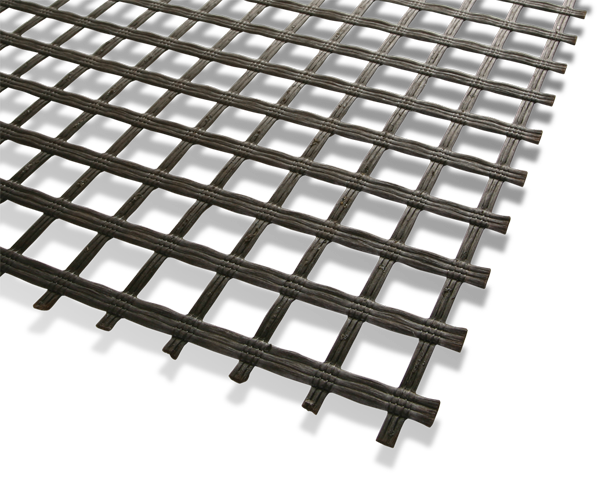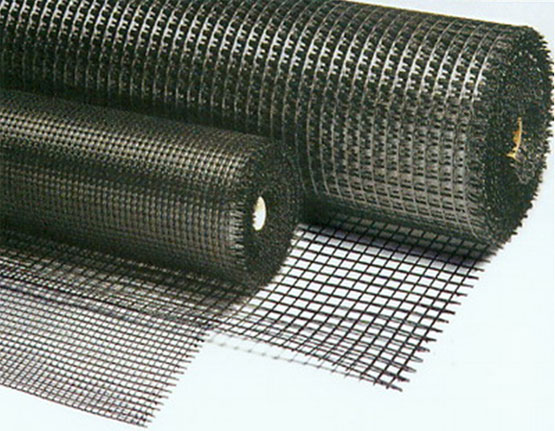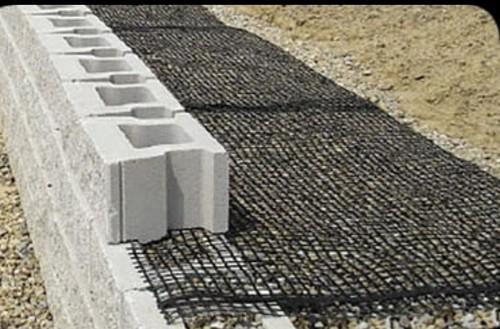Biaxial Geogrid Suppliers
We offer our clients superior quality geogrids that are polymers formed into a very open and grid-like configuration. These products can be stretched in one or two directions for improved physical properties and are manufactured using standard textile manufacturing methods with weaving or knitting machinery. Further, our range finds wide applications in various industries for varied purposes. Available in various specifications, these can also be customized as required by the clients.
LRK Geovision had provided many types of effective and state-of-the-art geogrid and other geosynthetics to over 50+ countries. Our main customers are from India, Malaysia, Indonesia, Singapore, Philippines, Sri Lanka, South Africa, Tanzania, Zambia, Egypt, UAE, Saudi Arabia, Qatar, Kenya, Ghana, Ethiopia, Somalia, Nigeria, South Africa, Mongolia, Australia, France, Mexico, etc.
LRK Geovision is not only providing the best quality geogrid products but also provides professional design and installation services. OEM, ODM, custom development, and fabrication are also available. If you have any questions or inquiries, please fill out and submit the following form, we will reply as soon as possible.
Advantages of Geogrid
Used in retaining walls, embankments and composite structures.
Strong resistance to corrosion and extreme temperature fluctuations.
Provide good resistance against chemicals, bacteria and tensile strength.
Drains water in both vertical and horizontal directions, preventing the effects of erosion.
Extremely easy to install and store, as it is supplied in a compressed, accordion-folded shape.
Applications of Geogrids
Retaining Walls
Pavements, Embankments and Raft Foundations
Dewatering Drainage Filtration
Slope Stability Systems
Landfill and Environmental Barrier Systems
Surfacing Reinforcement
Water Management Systems












FAQ's
Geogrids are defined as geosynthetic materials that consist of connected parallel sets of tensile ribs with apertures of sufficient size to allow strike-through of the surrounding soil, stone, or other geotechnical materials. Geogrids provide reinforcement, stabilization, and filtration when used with the right-sized aggregate fills. They are made from polymers such as polypropylene, polyethylene, and polyester, and are used largely in civil engineering applications.
– Subgrade stabilization of unpaved roads, highways, airports, and railway tracks.
– Reinforced soil walls and slopes (soft facing / secondary reinforcement).
– Hard Standages, working platforms, load transfer platforms.
– Area stabilization and void spanning.
– Base Reinforcement.
– Reinforced soil walls and slopes (soft facing / secondary reinforcement).
– Hard Standages, working platforms, load transfer platforms.
– Area stabilization and void spanning.
– Base Reinforcement.
Geogrids work by getting interlocked with the granular or soil materials that are placed over them. The open apertures of the geogrid allow the confinement of material that is within, thereby the shear strength of the enclosed granular fill is increased.
The longevity of the geogrids depends on the manufacturing methods and the polymers used in the manufacturing process. Our Geogrids can last between 80-120 years depending on the soil pH and chemically aggressive environments.



